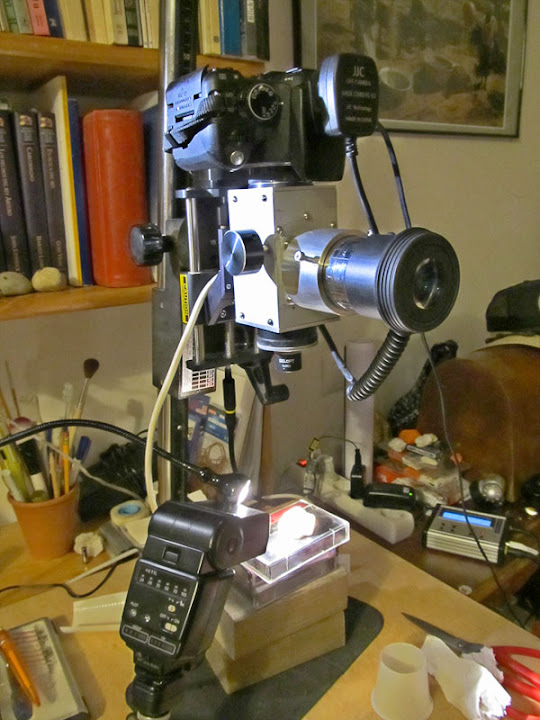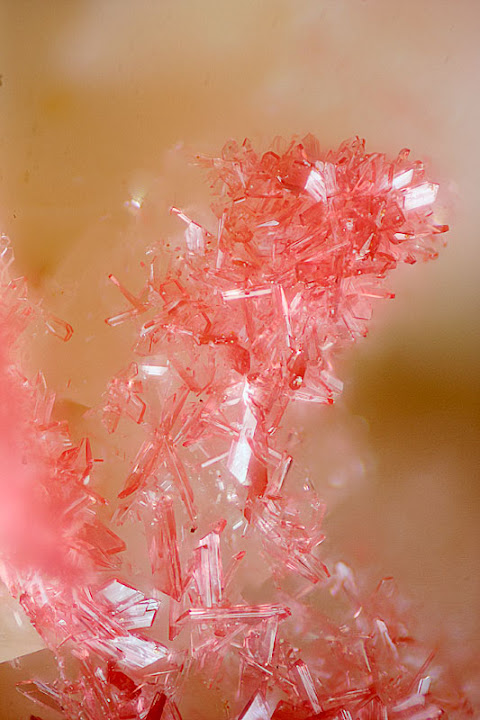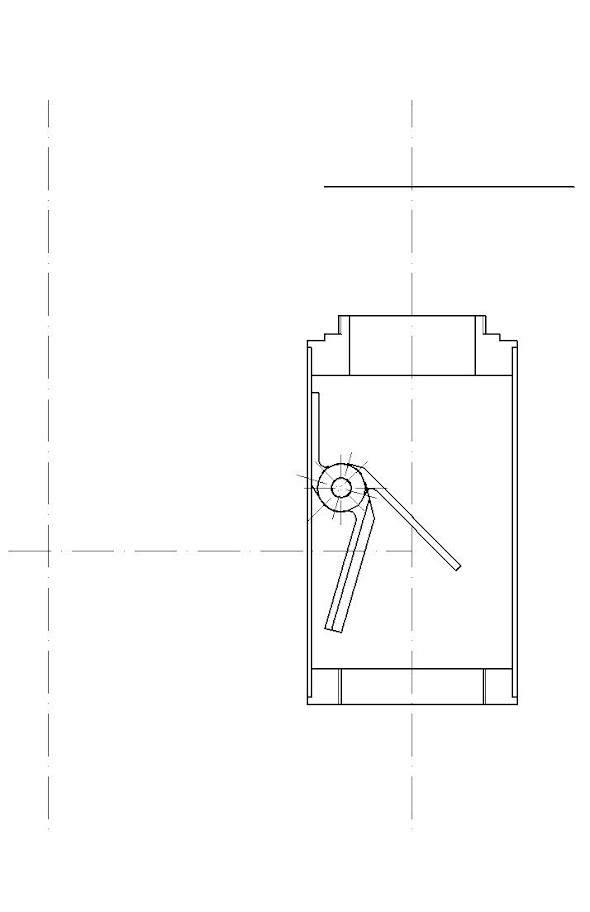Some of the relevant answers have already been dealt with in this thread. The main points of using a trinocular head (or a beam splitter/prism/mirror box like Soldevilla's, which is also commonly used in photomicroscopy) are three:
1 - The external eyepiece must be perfectly parfocal with the camera sensor.
2 - There is no ground glass in the optical path to the external eyepiece. This means that the image is much brighter than in the camera's viewfinder. In the past, high-end SLRs could swap the ground glass focusing screen for a transparent one, for the same reason, for use in microscopy and astronomy.
3 - With a transparent focusing screen, or no focusing reticle, the eye may inadvertently focus on an an aerial image that is not exactly in focus on the plane of the screen. As a result, the picture will be somewhat out of focus. This is prevented by using a focusing reticle (in the external eyepiece, or on the transparent focusing screen in the camera's eyepiece). There are two correct ways to use a focusing reticle. The most straightforward is to make sure that the image of the subject and the reticle are both simultaneously in focus, without requiring refocusing of the eye. There is a second, more sensitive and slower method, which can be found in microscopy books and microscope manuals (hint: the parallax method).
Using a trinocular head is much like using a beam splitter/prism/mirror box with a single eyepiece. Basically, I modified all of mine by shortening the photo tube and projecting the (normally aerial) image produced by the objective onto the camera sensor - there is nothing more to it (assuming that the image circle is wide enough). A limitation of most microscope trinocular heads is that the field of view in the eyepieces is smaller than the sensor area, so focusing must be done with the eyepieces, but precision framing with the camera viewfinder. Soldevilla's solution uses a 2" astronomical eyepiece (I believe) to overcome this limitation.
If anyone is interested in more detail, here comes the sales pitch (forum administrators: feel free to delete this part if it violates forum policies):
This subject is discussed quite in detail in my book (
http://www.lulu.com/spotlight/enricosavazzi). Unfortunately, this part is not available in the partial book preview available at the above link, and the more extensive book preview on Google Books is not online yet (and I have no way to know if it will include the relevant parts - the choice is up to Google). The few (and, hopefully, happy) owners of a copy of this book may look mainly at pages 394-412.
If you don't know anyone nearby who already owns this book, a good way to avoid buying a personal copy is to locate a public or university library that already has one, or to convince a library to buy it. Most libraries have a running budget for book purchases, and usually do accept purchase suggestions from their visitors/members.



